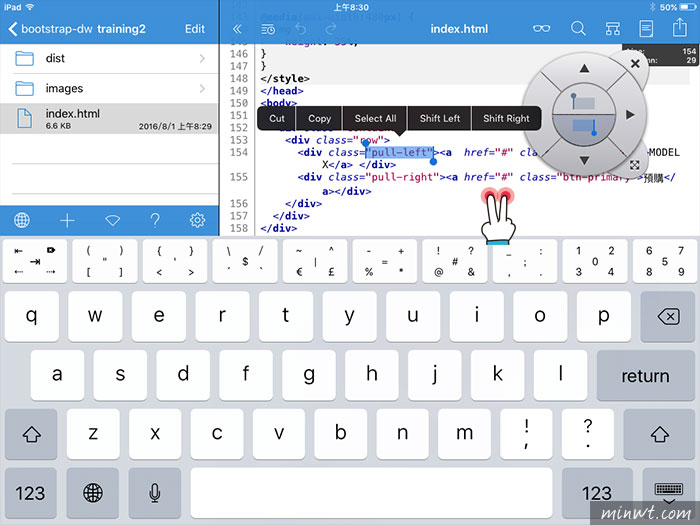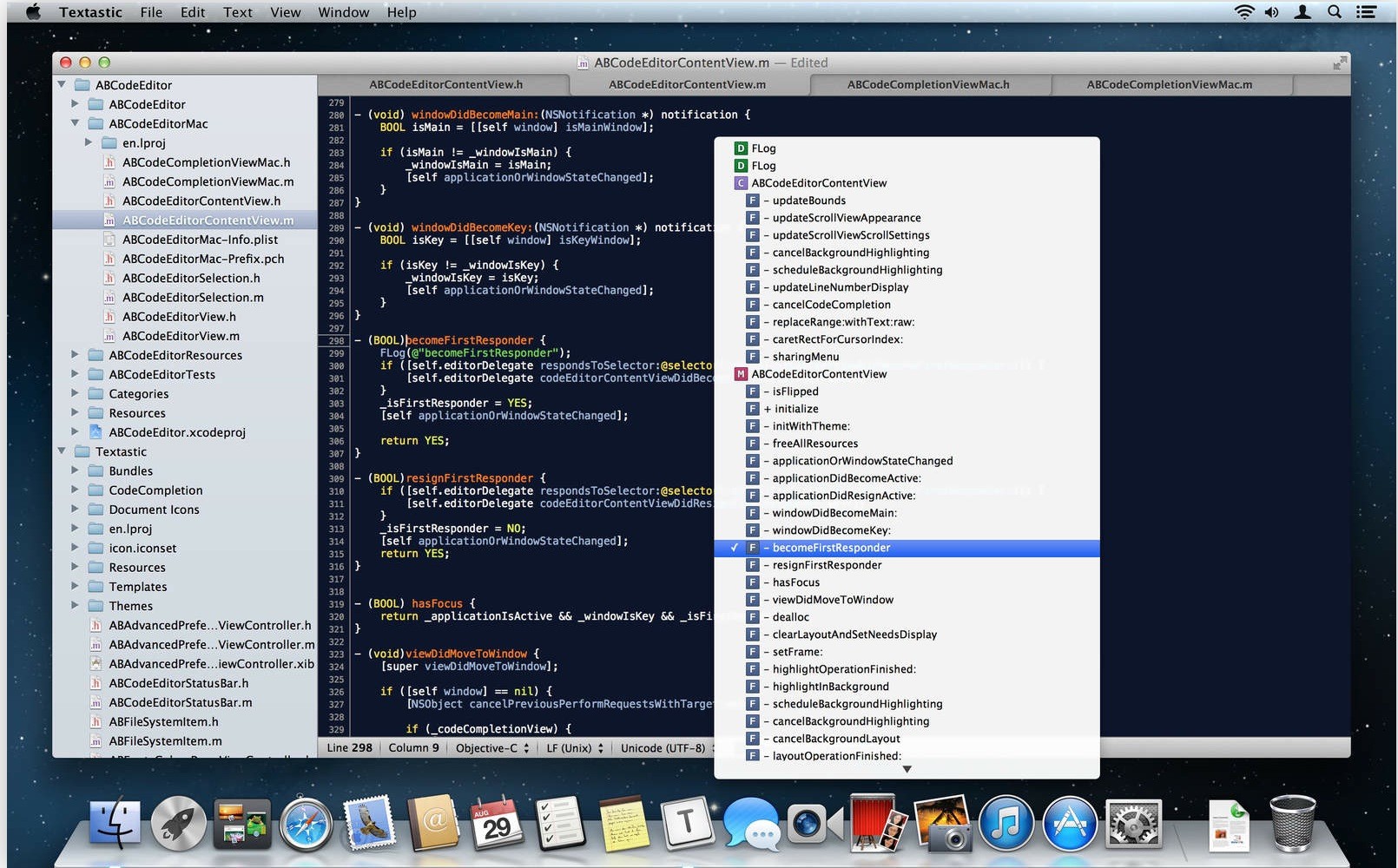

Ngrok allows me to set up a tunnel with a public URL to my localhost server. However, running a development server at localhost in the cloud doesn’t do me a lot of good when I want to visit it in a web browser from my iPad.

The reason for the cloud server is to be able to run build tools and a ‘local’ development server, neither of which can be done on the iPad itself. On iOS, this has the added consequence of allowing a Mosh session to stay alive even when Blink is not the active app (or iOS removes it from memory entirely.) With SSH, I would likely have to make a new connection every time I returned to the terminal from doing work in my text editor. Mosh does this by requiring a server component to be installed on your server so that the responsibility for maintaining the session’s state is not only on the client end. In contrast to SSH, Mosh is designed to maintain a session over intermittent and slow connections. To connect to the server, I use the Mosh shell with the Blink app. I have been using DigitalOcean to run a light-weight development server, but Linode or any other cloud hosting provider would do the trick. With the setup outlined below, however, I’m finally doing work on a regular basis with an array of different technology stacks and limited friction with an iPad Pro. On previous occasions I have managed to work out a few pieces of the puzzle, but never in a way that was simple enough to feel like anything more than a parlor trick. The main pain point has been to find a set of tools that allow me to work with a development server environment and other command line tooling (e.g., a Node.js server, a Sass preprocessor, a database server, or a static site generator) instead of static HTML files. I have been experimenting with doing web development on my iPad Pro. To get the recommendations out of the way up front, the tools I use in the workflow I describe below are:


 0 kommentar(er)
0 kommentar(er)
